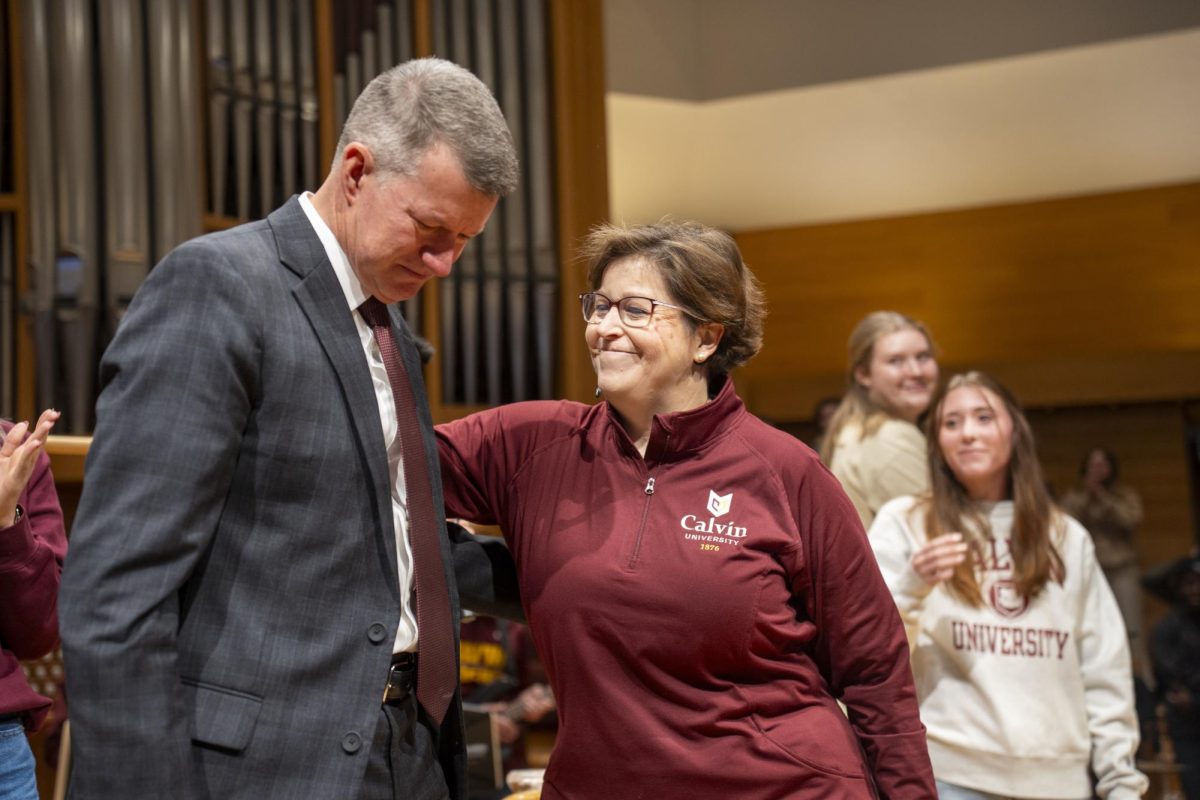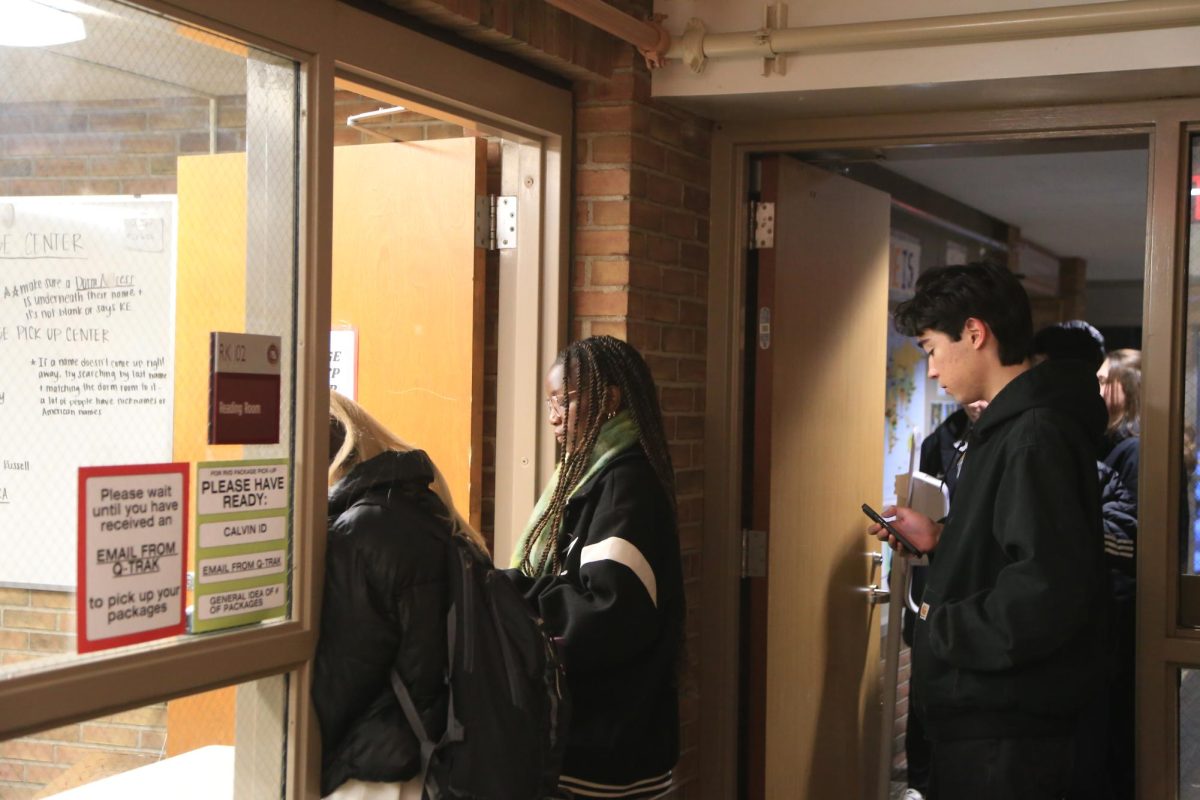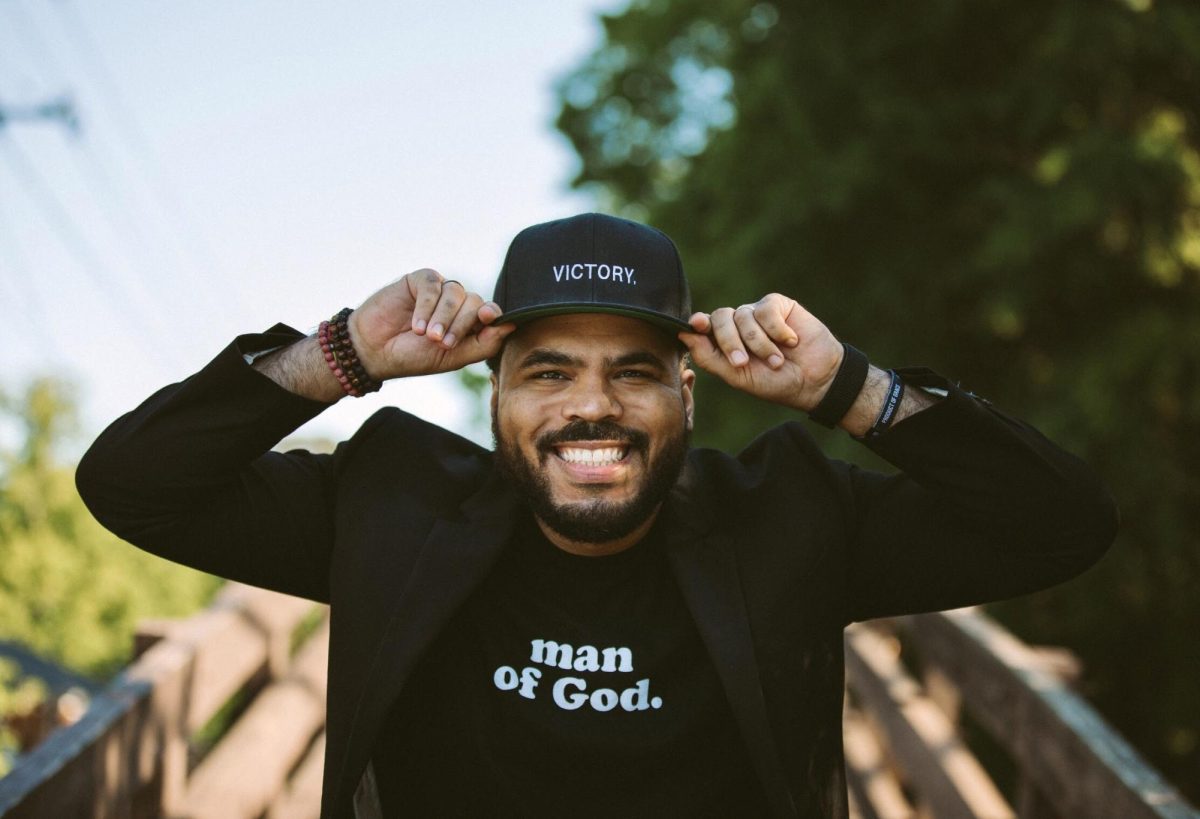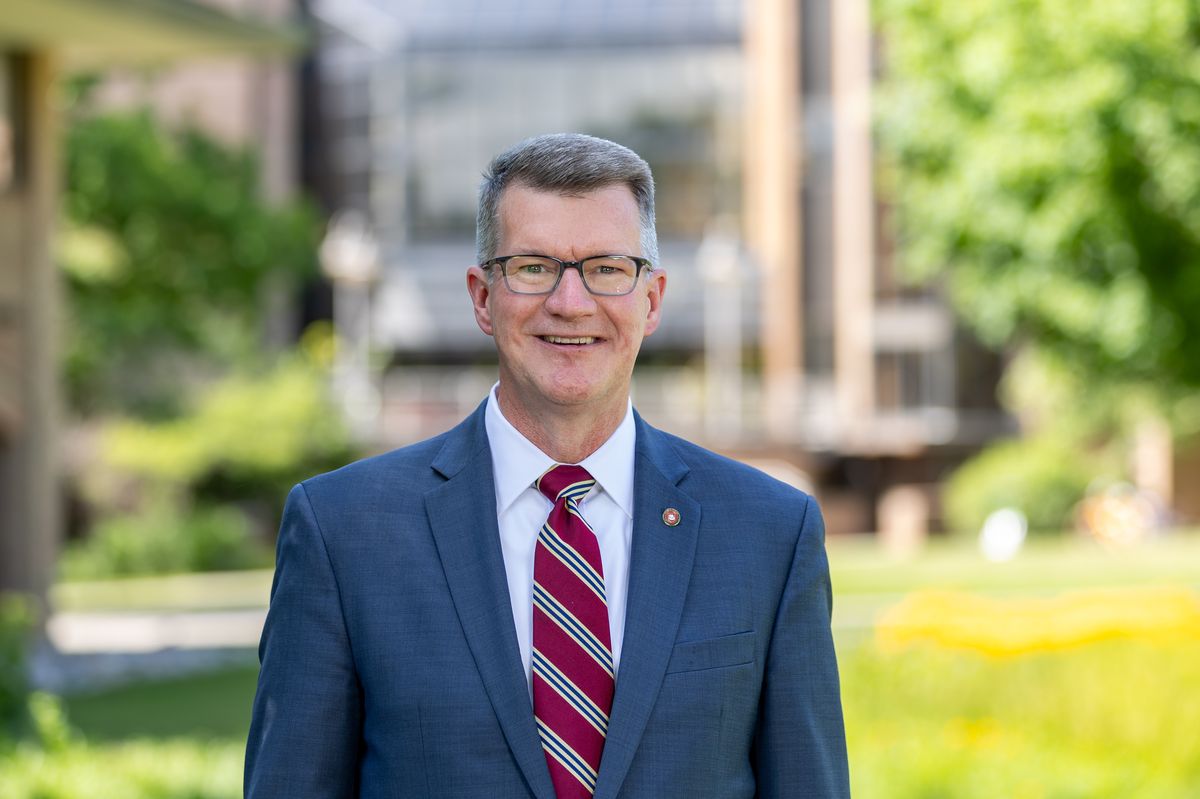This fall’s Day 10 enrollment report tells a familiar story. Both total enrollment and the number of incoming students are held steady from last year, while the student body continues to become more diverse.
Between first-time college attendees and transfers, Calvin welcomes 1,026 students to campus this fall, the exact same number as last year. Calvin’s overall enrollment is 3,990 students, down only slightly from last year’s 3,993.
The current strong U.S. dollar led to fewer incoming international students this year, though Asian, Hispanic/Latino, African and Native American (AHANA) enrollment is up nearly 15 percent, making this Calvin’s most diverse incoming class ever. According to a Calvin press release, it also has an average GPA of 3.70, “the highest in recent history.”
The populations Calvin has pulled most students from throughout its history — members of the Christian Reformed Church (CRC), children of alumni, and students of local Christian high schools — continue to show less loyalty to Calvin, looking more widely at other college options than in previous generations. The CRC itself is also shrinking, providing a smaller pool to draw from.
According to Russ Bloem, Calvin’s vice president of enrollment management, the decreasing size of these key sub-populations has prompted the college to target new demographic groups, such as a larger swath of Christian denominations and more upper midwest public schools.
In a presentation to faculty senate on Monday, Sept. 21, Bloem detailed several initiatives the admissions department is pursuing in hopes of maintaining and increasing enrollment numbers. A year-long audit of Calvin’s admissions system by two experts in the field prompted many of these ideas.
One of the initiatives is an overhaul of Calvin’s financial aid structure. A Legacy Award of $4,000 per year is now automatically offered to admits whose parents are Calvin alumni and/or CRC members, and the academic scholarships have increased as well, now topping out at $18,000 per year.
The number of domestic admissions counselors will also increase from eight to 12. Bloem cited this as a “low risk” idea from the auditing consultants, since counselors are relatively inexpensive and can pay for themselves with only a few additional students enrolled.
Other factors Bloem hopes will help boost enrollment include Calvin’s recent re-branding campaign, a higher advertising budget, greater social media presence and new data management software.
“The college is excited to welcome these excellent students from around the corner and around the world to campus,” said Bloem. “What we are realizing more and more is that when you bring together a diverse group of students with a diverse set of experiences, the learning environment is much richer.”









